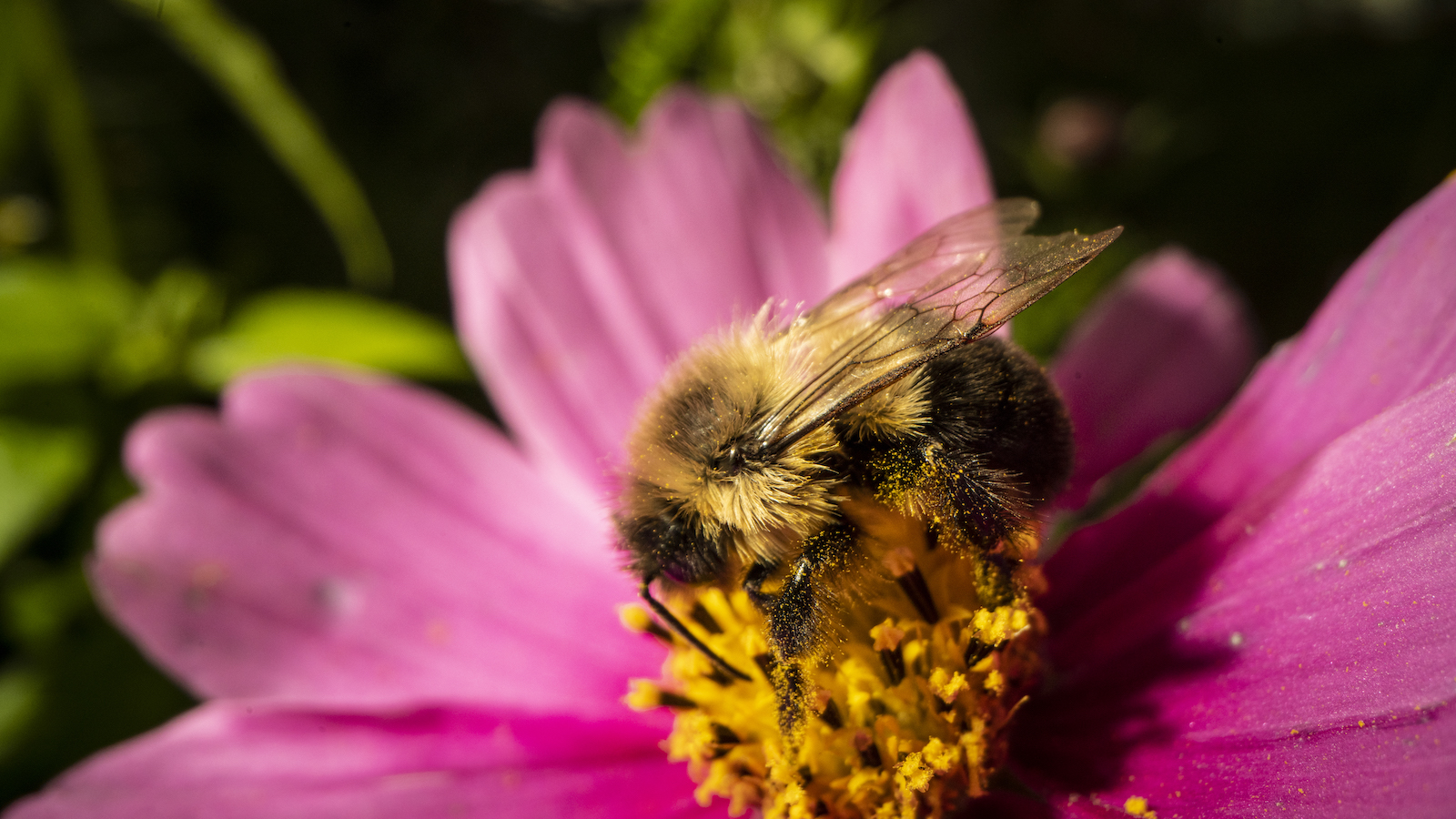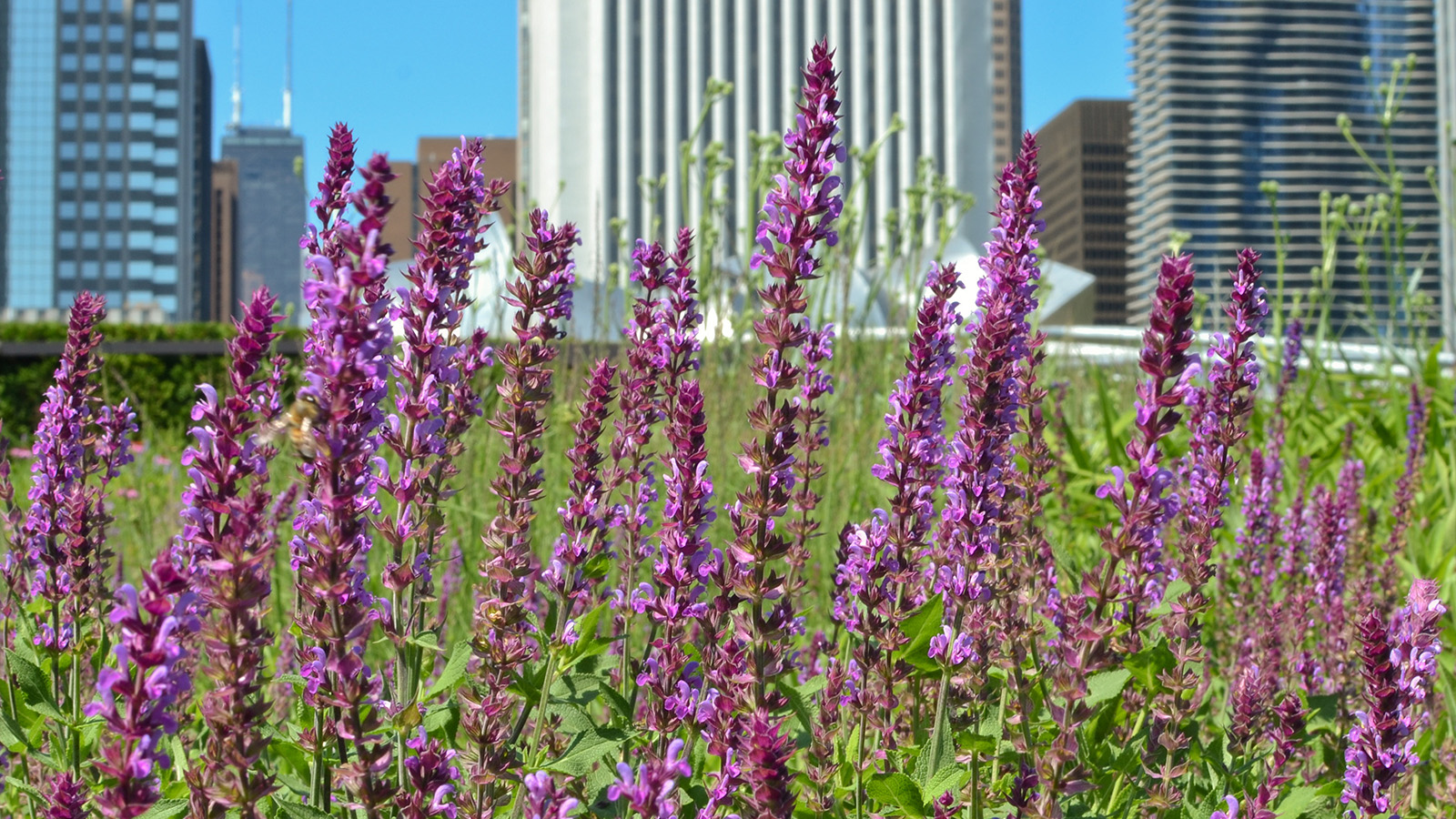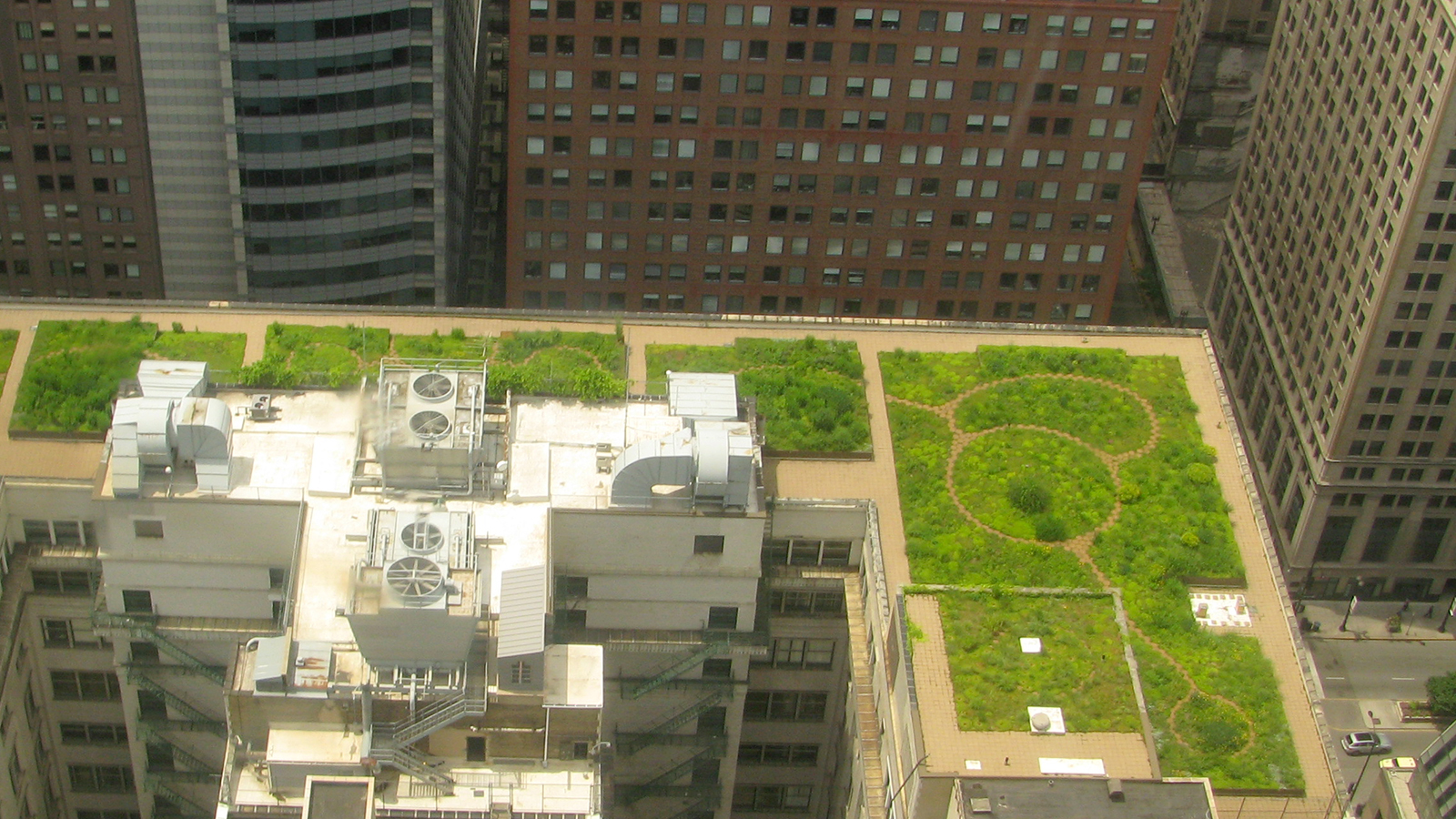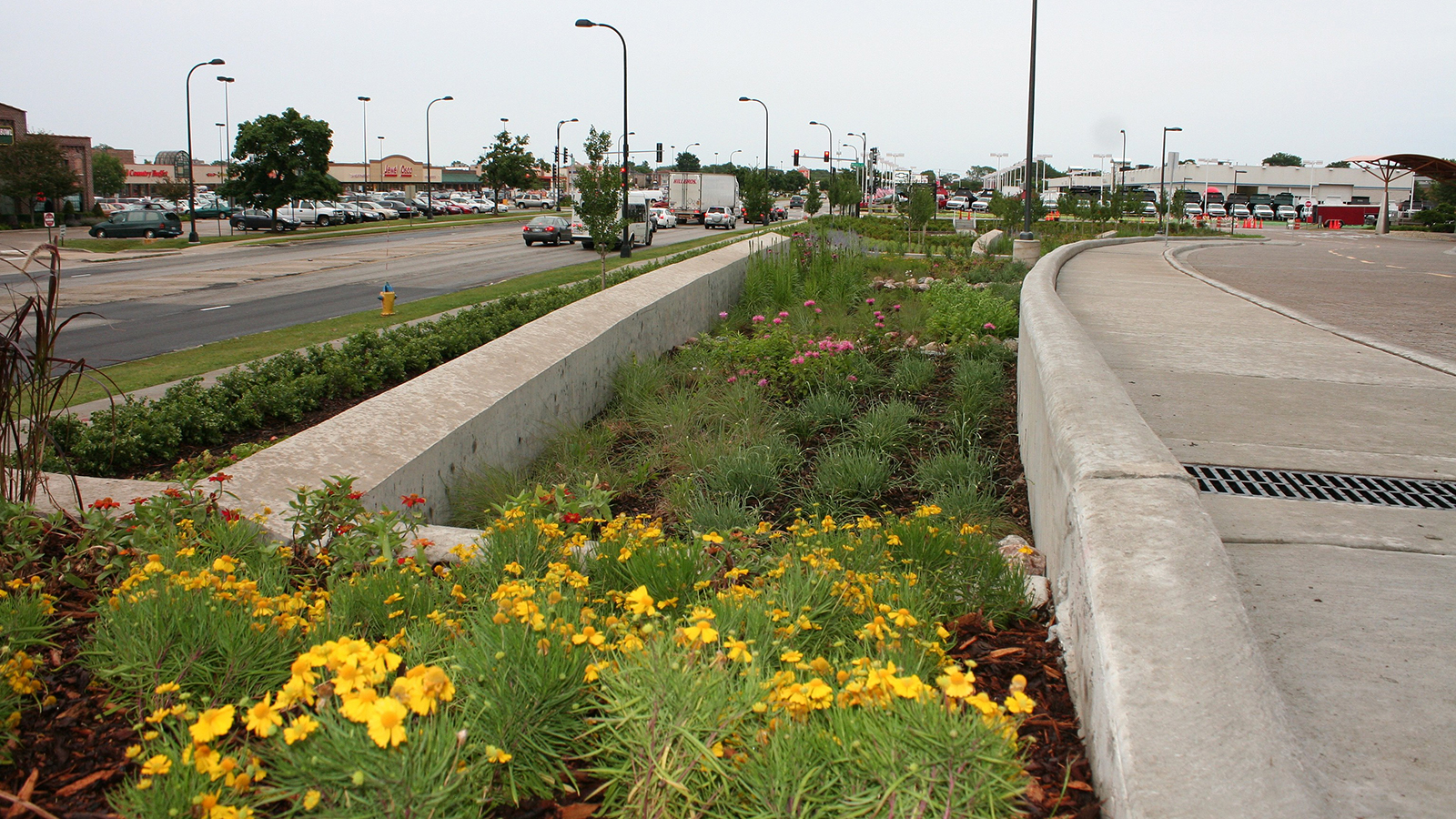
How to make our cities a home for bees, butterflies and other pollinators
Our cities can help protect bees and offer pollinators a safe haven through green infrastructure projects.
Pollinators – bees, butterflies, moths, wasps, flies, beetles, ants, bats, hummingbirds and others – are a vital component of the planet’s ecosystems. Almost 90% of all flowering plants and more than a third of the world’s crop species depend on them. Countless species of birds and mammals feed on fruits and seeds that couldn’t exist without them. With pollinator populations in steep decline, it is becoming ever more crucial to ensure that these imperiled creatures have safe havens in which to thrive.
Through the smart use of so-called “green infrastructure,” the same urbanized landscapes that are eating up wildlife habitats with such devastating effects also present opportunities to create those havens.
Green infrastructure can provide habitat for pollinators
Green infrastructure can take many forms, from the humble street tree to green stormwater infrastructure like the bioswales and rain gardens now used in many cities to manage stormwater runoff and mitigate flooding. Much of this infrastructure can double as a thriving wildlife habitat, and some can be particularly beneficial to pollinators.
While each species has its own specific habitat needs, there are two that are common to all pollinators: an abundance of diverse, flowering native or naturalized plants, and safe places to nest and breed.
Living roofs
Among the most effective (and cost-effective) forms of nature-based urban infrastructure in meeting these needs are “living roofs” or “rooftop meadows” planted with wildflowers and native grasses and/or other native or naturalized pollinator-friendly plant species.
High above the city streets, even in the densest urban settings, these hotbeds of biodiversity can support all kinds of pollinators, from bees and butterflies to birds, bats, flies and ants. They can be particularly valuable to bees, especially when they are planted with diverse native forbs (flowering, non-grassy herbaceous plants) to provide foraging resources and designed to take into account the differing nesting habits of different bee species. (Interestingly – and perhaps counterintuitively – research has suggested that living roofs can also enhance the performance of rooftop solar panels.)
Where living roofs have been planted to restore lost pollinator habitat, the results have often been quite extraordinary. The six-acre roof meadow of the Vancouver Convention Center, for example – “the only and largest coastal meadow” in downtown Vancouver – is planted with more than 400,000 indigenous plants and grasses, providing habitat for birds, insects and other creatures. Since it was built in 2009, 250 types of insects have been seen on the roof, including two species of pollinator previously thought to be extinct in the Vancouver metro area.
Natural elements can be incorporated into the design of our buildings in numerous other ways. “Living walls,” for example, can host a wide range of different plants, from grasses, shrubs, ferns, succulents and herbaceous plants to all manner of vegetables and herbs, and when designed with the needs of specific species in mind, can potentially be a promising pollinator habitat.
Native landscaping
Roadsides, likewise, present a huge opportunity to transform municipal infrastructure to support pollinators. The U.S. has more than 4 million miles of roadway, and much of the land alongside those roads can easily be planted with pollinator-friendly native vegetation and flowers and provide a valuable refuge in which pollinator species can nest and breed. Strategies like roadside wildflower planting, planting pollinator host plants in public parks and other municipal land, and providing resources for homeowners to convert yards and street-facing margins from turf to native landscapes, are easy wins for pollinator-friendly green infrastructure.
City and state authorities are going to need to up their green infrastructure game over the coming years for a whole range of reasons besides helping pollinators. But to the greatest extent possible, and where appropriate, that infrastructure should be conceived so as to incorporate pollinator-friendly habitat.
Local agencies can lead by example, from installing green roofs and walls on municipal buildings to transforming roadsides into pollinator habitat and implementing other citywide initiatives to weave pollinator-friendly living elements into the urban fabric across other publicly managed green spaces.
Encouraging pollinator-friendly development
Policymakers can also use various legislative carrots and sticks to ensure that provisions for native pollinators are incorporated into future development. Some cities, for example, like Austin and Portland, have revised their zoning laws to give “density bonuses” or other zoning incentives to developers who incorporate living roofs into new construction projects. Other cities offer discounts on stormwater fees or provide tax incentives to developers installing green roofs, as is the case in Washington, D.C. A growing number of cities – Toronto, San Francisco and Copenhagen, among others – have gone further, passing legislation mandating the installation of green roofs on all new buildings and renovations.
Increased attention to the importance of pollinators has led public officials to allocate new sources of funding to expand their habitat, including funding being made available specifically for the kinds of programs discussed above. The Infrastructure Investment and Jobs Act (IIJA) provides a total of $10 million to be distributed via the DOT to states, tribes and federal agencies to implement measures to restore pollinator habitat along roadways, for example, such as planting native wildflowers and grasses, removing non-native vegetation, and adopting pollinator-friendly land management practices designed to promote pollinator host plants and limit disturbance during periods of highest use by specific species.
Just as the urban world must strive to provide a livable habitat for its human populations, it can, and must, provide an environment in which its non-human residents can thrive. With targeted investment and proper attention to the growing body of science on the integration of nature into urban design, the cities of the 21st century can play their part in helping our beleaguered pollinators bounce back.
Topics
Authors
Steve Blackledge
Senior Director, Conservation America Campaign, Environment America Research & Policy Center
Started on staff: 1991 B.A., Wartburg College Steve directs Environment America’s efforts to protect our public lands and waters and the species that depend on them. He led our successful campaign to win full and permanent funding for our nation’s best conservation and recreation program, the Land and Water Conservation Fund. He previously oversaw U.S. PIRG’s public health campaigns. Steve lives in Sacramento, California, with his family, where he enjoys biking and exploring Northern California.
James Horrox
Policy Analyst, Frontier Group
James Horrox is a policy analyst at Frontier Group, based in Los Angeles. He holds a BA and PhD in politics and has taught at Manchester University, the University of Salford and the Open University in his native UK. He has worked as a freelance academic editor for more than a decade, and before joining Frontier Group in 2019 he spent two years as a prospect researcher in the Public Interest Network's LA office. His writing has been published in various media outlets, books, journals and reference works.
Marcia Eldridge
President, Environmental Action Research & Policy Center
Find Out More
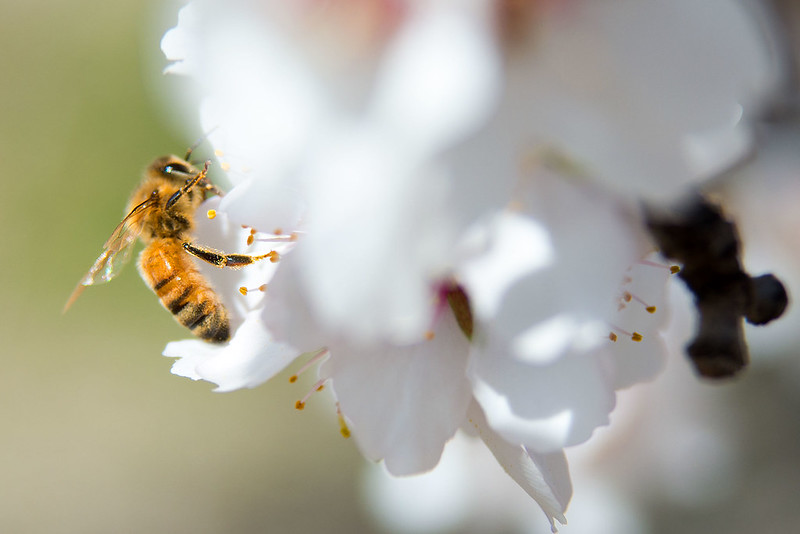
Why monoculture farming practices harm bees

A look back at what our unique network accomplished in 2023
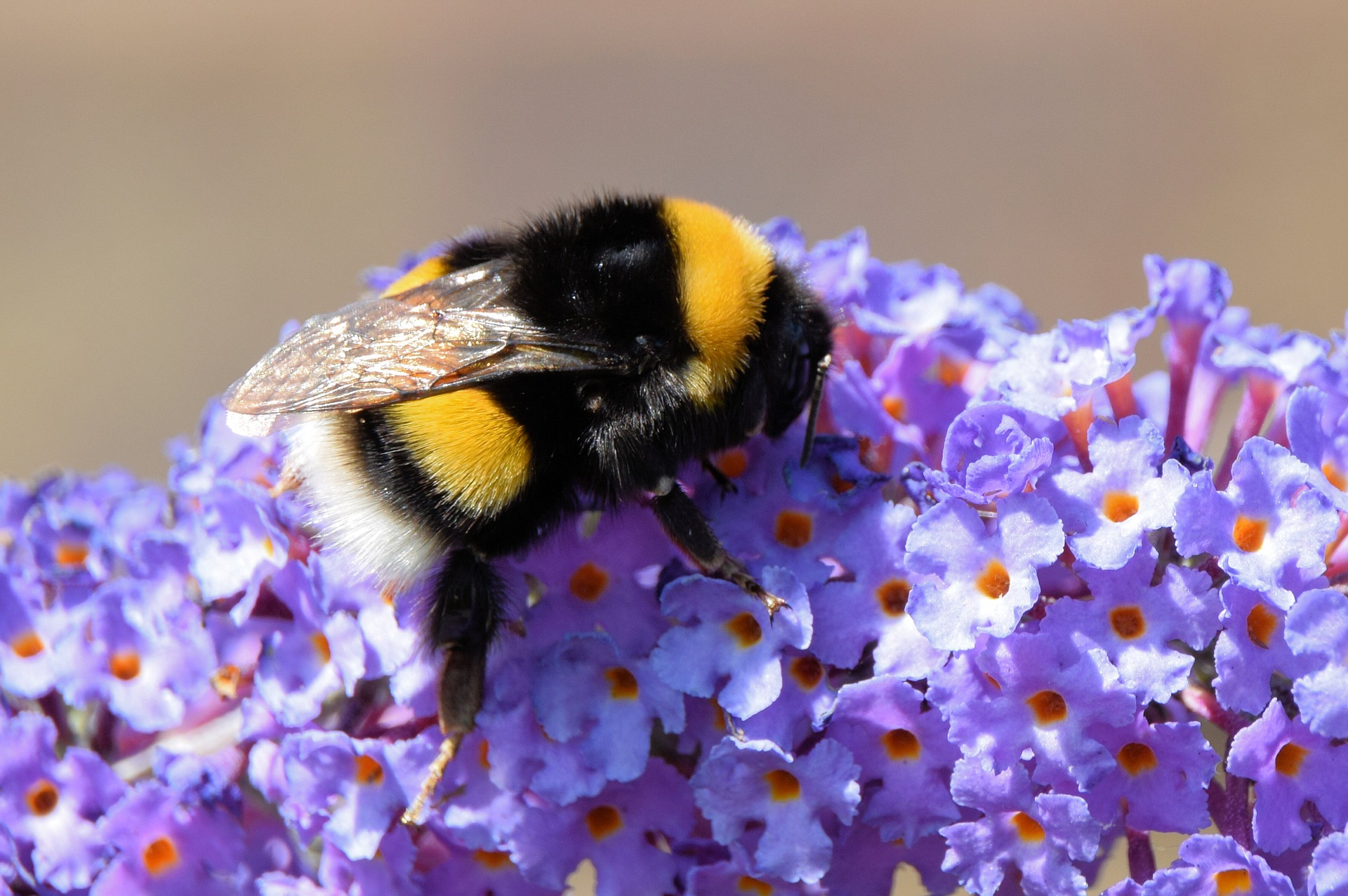
These pesticides poison bees, and they’re for sale on Amazon
